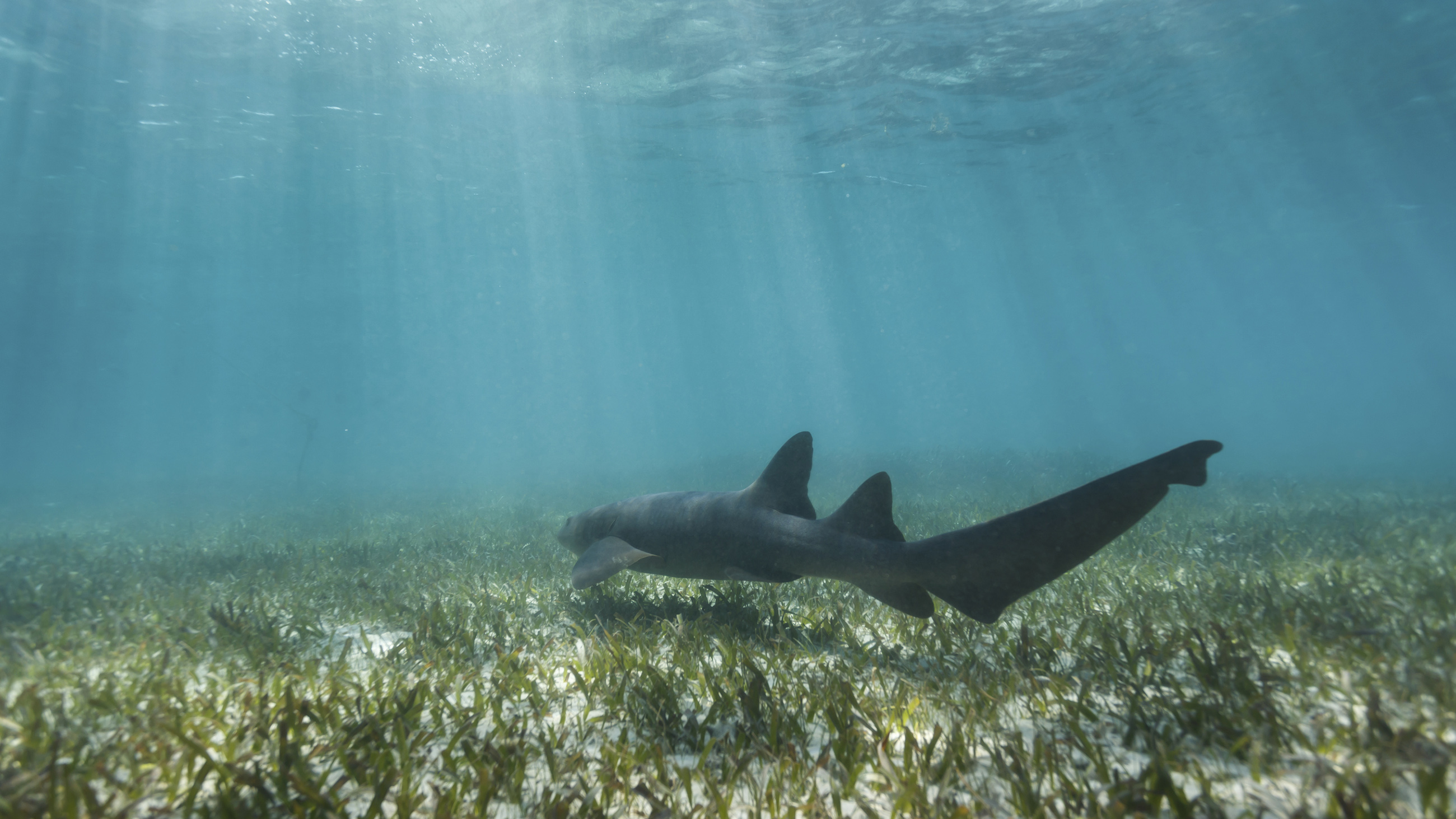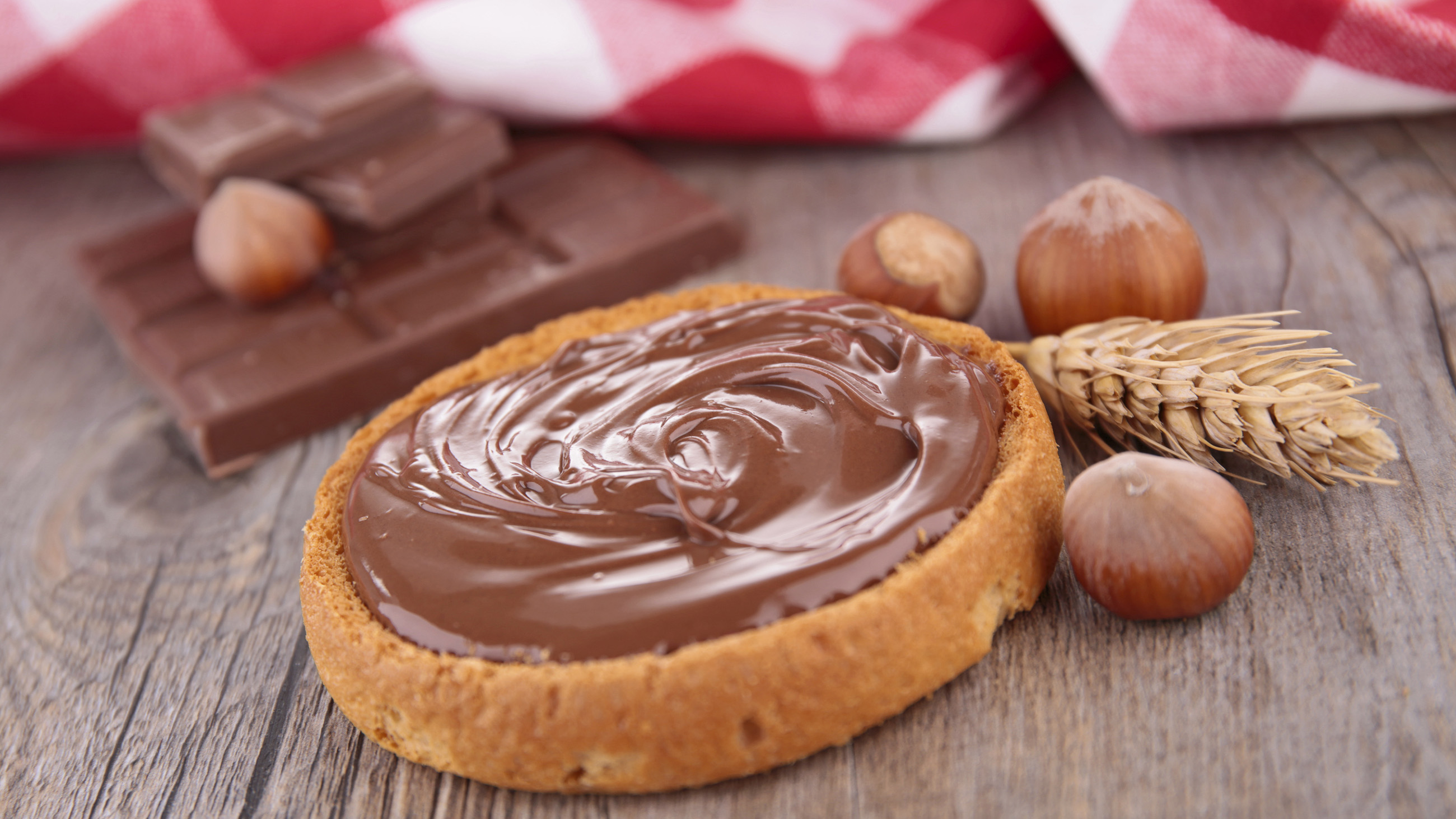Abstracts: Nutella, Social Sharks, Bionic Spinach, and More
• Can you ever have too much Nutella? The FDA is researching how much of the delicious hazelnut-chocolate spread people consume in one sitting in order to decide whether to put a smaller serving size on the nutrition label. (STAT)

• Beleaguered bees may have another threat to worry about. An invasive wasp is spreading a virus that can likely infect native pollinating species. (Phys.org)
• A famous fossil thought to be of a four-legged snake, used as evidence of snakes’ evolutionary history, has been called into question. Some paleontologists believe the fossil is simply an aquatic lizard. (National Geographic)
• When parents tell children that spinach is good for them, they probably don’t have national security in mind. But scientists have engineered bionic spinach to fluoresce in the presence of explosives, triggering a wireless threat alert. (Washington Post)
• A new study challenges the idea that sense of numbers is innate, and may have implications for thinking about the way math learning disabilities are addressed. (Science Daily)
• Scientists are tracking sharks’ social networks by tagging them with transmitters and receivers that go off when other sharks are near by. (Wired)
• An updated model of the moon’s formation suggests that it is mostly made up of material from early Earth that vaporized in a large space object collision. The model uses the angle of the impact to explain the moon’s curious orbital tilt. (Space)
• One solution for better wearable technology — also known as smart clothing and devices — is printed electronics: thin, flexible batteries, sensors, and circuits made of special ink. If that’s not futuristic enough, a research team has made the ink magnetic, so the electronics can reconnect and fix themselves if they break. (New York Times)
• And finally, most volcanoes sit over an active heat source, but Mount St. Helens does not. Scientists searched 40 kilometers below the volcano and still came up cold, a first for an active volcano. (Science News)










